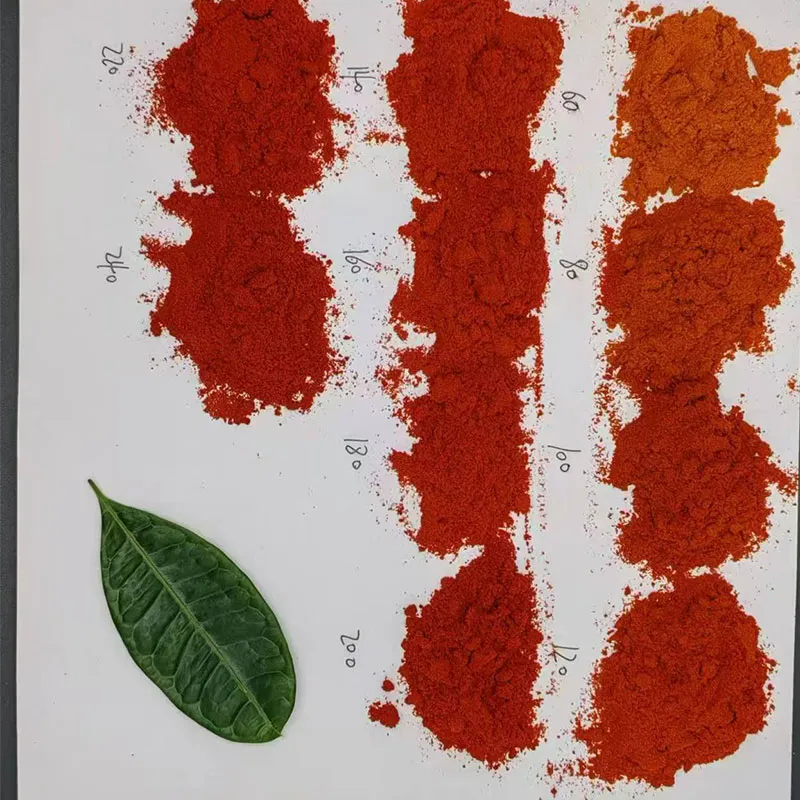- No. 268 Xianghe Street, Economic Development Zone of Xingtai city, Hebei 054001 China
- Byron@hbhongri.cn
Benefits and Uses of Turmeric Flour in Cooking and Health
The Versatile Benefits of Turmeric Flour
Turmeric flour is a remarkable spice that has gained immense popularity not only for its vibrant yellow hue but also for its numerous health benefits. Derived from the root of the Curcuma longa plant, turmeric has been used for centuries in Ayurvedic medicine and traditional practices across Asia. In recent years, turmeric flour has found its way into modern kitchens, becoming a staple ingredient for health-conscious individuals and culinary enthusiasts alike.
Nutritional Profile
Turmeric flour is rich in several essential nutrients. It contains significant amounts of curcumin, the active compound responsible for its vibrant color and many of its health benefits. Curcumin is known for its powerful anti-inflammatory properties, acting as a natural remedy to combat inflammation in the body. This spice also provides essential vitamins and minerals, including vitamin B6, vitamin C, potassium, and magnesium, which contribute to overall wellness.
Health Benefits
One of the primary reasons turmeric flour has garnered attention is its extensive health benefits. Research has shown that curcumin can help reduce the risk of chronic diseases, including heart disease, diabetes, and certain types of cancer. Its anti-inflammatory properties make it beneficial for individuals suffering from arthritis and joint pain.
Moreover, turmeric flour may aid digestion and support gut health. Its antioxidants can help flush out harmful toxins from the body, promoting a healthier digestive system. The spice has also been linked to cognitive health, with studies suggesting that curcumin may improve memory and decrease the risk of neurodegenerative diseases like Alzheimer's.
Culinary Uses
turmeric flour

Incorporating turmeric flour into your diet is both easy and delicious. Its earthy flavor pairs well with a variety of dishes, making it a versatile ingredient in the kitchen. You can sprinkle it into soups, stews, and curries, or use it as a natural coloring agent in rice and pasta dishes. Turmeric flour can also enhance smoothies and juices, adding a healthy twist to your morning routine.
Baking with turmeric flour is another excellent way to enjoy its benefits. It can be added to breads, pancakes, and muffins, imparting a unique flavor and a burst of color. You can even use it in spice blends and marinades for meats and vegetables, elevating your culinary creations while boosting their nutritional value.
Tips for Cooking with Turmeric Flour
When cooking with turmeric flour, it's helpful to pair it with black pepper. Studies have shown that the piperine in black pepper significantly enhances the absorption of curcumin in the body, making your dishes even more healthful. Additionally, turmeric flour is fat-soluble, meaning it is best absorbed when consumed with healthy fats. Incorporating olive oil, coconut oil, or avocados into your meals can optimize the benefits of this remarkable spice.
For those who are trying turmeric flour for the first time, start with small amounts—roughly a teaspoon or two—and gradually increase it as you become accustomed to its flavor. This way, you can find the right balance that works for your palate.
Conclusion
Turmeric flour is more than just a spice; it is a powerhouse of nutrition and health benefits. From its anti-inflammatory properties to its versatility in the kitchen, incorporating turmeric flour into your diet can be both enjoyable and beneficial for your well-being. Whether you are striving for a healthier lifestyle or simply looking to enhance your culinary skills, turmeric flour is a fantastic addition to your pantry. Embrace this golden ingredient and explore the multitude of ways it can enrich your meals and your health.
-
Turmeric Rhizome Powder: A Golden Treasure from Roots to TableNewsJul.28,2025
-
The Versatile Application Of Crushed Red Hot Peppers: Lighting Up The Red Flames On The Dining TableNewsJul.28,2025
-
The Paprika: A Touch Of Vibrant Red In Color, Flavor, And CultureNewsJul.28,2025
-
Ground Turmeric: A Modern Examination of an Ancient SpiceNewsJul.28,2025
-
Capsicum Liquid Extract: Features, Applications, and ChallengesNewsJul.28,2025
-
Application of Capsicum Liquid Extract in FoodNewsJul.28,2025







